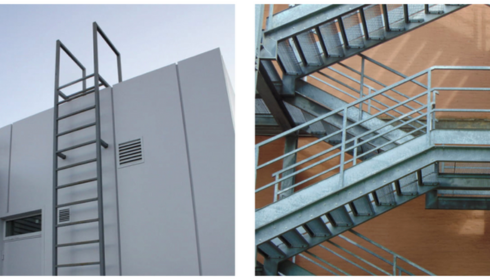Understanding the 2023 Cummins Delete Kit: What You Need to Know
Introduction
In the world of diesel engines, Cummins has always been a name synonymous with power, performance, and reliability. However, with changing regulations and environmental concerns, many Cummins owners are now considering the use of a “delete kit” to modify their engines. In this article, we’ll delve into the 2023 Cummins delete kit, exploring what it is, why it’s used, and the implications it carries. Let’s navigate this complex landscape step by step.
What is a Cummins Delete Kit?
Unveiling the Basics (H2)
A Cummins delete kit is essentially a collection of aftermarket components and software tweaks designed to alter the emissions control systems in a Cummins diesel engine. These kits are primarily used to remove or “delete” the diesel particulate filter (DPF), selective catalytic reduction (SCR) system, and exhaust gas recirculation (EGR) system.
The Motivation Behind It (H2)
Owners of Cummins-powered vehicles often turn to delete kits for a variety of reasons. One of the primary motivations is to enhance engine performance. By removing these emissions control systems, they can achieve better fuel efficiency and more power output.
What’s Inside the Kit (H2)
A typical Cummins delete kit includes components such as a new exhaust system, engine tuning software, and sometimes even a replacement intake system. These components work together to optimize the engine’s performance while bypassing or disabling the emissions-related systems.
The Legality Debate
Understanding the Legal Aspects (H2)
The use of delete kits has sparked a heated debate regarding their legality. While some regions allow their use for off-road or racing purposes, many countries and states have strict emissions regulations in place, making the use of delete kits illegal for on-road vehicles.
Potential Consequences (H2)
Owners who choose to install delete kits on their Cummins-powered vehicles in regions with strict emissions regulations may face hefty fines and penalties if caught. Additionally, this can also void warranties provided by the manufacturer.
Environmental and Ethical Considerations
The Environmental Impact (H2)
One of the major concerns surrounding delete kits is their environmental impact. The removal of emissions control systems leads to increased levels of harmful pollutants being released into the atmosphere, contributing to air pollution and environmental degradation.
Ethical Dilemmas (H2)
Using delete kits also raises ethical questions. Some argue that tampering with emissions control systems disregards the responsibility to reduce one’s carbon footprint and contribute to a cleaner environment.
The Performance Aspect
Unleashing the Beast (H2)
For those who prioritize performance above all else, delete kits can be a game-changer. Without the restrictions imposed by emissions control systems, a Cummins engine can produce more horsepower and torque, resulting in a thrilling driving experience.
Potential Engine Longevity (H2)
However, it’s essential to note that while delete kits can boost performance, they may also impact engine longevity. Increased stress on engine components can lead to premature wear and tear, potentially reducing the engine’s lifespan.
Also Read:
https://cognitivemagazine.com/christian-nodal-accident-unraveling-the-truth-behind-the-rumors/
https://cognitivemagazine.com/clean-carts-disposable-real-or-fake/
https://cognitivemagazine.com/unveiling-coinexab-com-your-ultimate-crypto-hub/













Post Comment
You must be logged in to post a comment.